Gaming is a fast-paced activity filled with situations that demand players react quickly and precisely to on-screen events. When playing a video game, whether it is a single-player title or an online multiplayer title, your reaction times will almost always be a crucial factor in your success.
Due to its relevance, reaction time is one of the most important metrics used when assessing professional esports players. Professional esports players sport a faster-than-average reaction time, which sets them apart from the average gamer. While the average FPS player has a reaction time between 300-500 milliseconds, professional FPS players clock reaction times between 100-250 milliseconds.
So if you want to improve your in-game performance, one metric to maximize is your reaction time. Here are some tips and tricks for improving your reaction time in gaming.
Buy better equipment
While some gamers are already playing their video games on top end equipment, other competitors may be playing on lower fidelity gaming hardware. If you are playing with a lower quality mouse and keyboard, or a low-polling rate screen, you may be losing a lot of your reaction time due to your hardware. This problem can be easily fixed by simply buying a better hardware.
Computer mice poll at different rates, with most gaming mice polling at a 1000 Hz polling-rate, and some featuring up to 8000 Hz polling rate optical sensors. There are some lower end mice, even gaming mice, that only go as high as 250Hz polling. Compared to 8000Hz, a 250Hz response time is quite slow.
So if you’re competing on a 250 Hz polling-rate mouse, with all other things being equal, a player with the 1000 Hz polling rate will beat you in an encounter every time because of their lower mouse latency. As a result, buying a better mouse could make a big difference in your reaction time if you’re currently playing with a low quality or outdated mouse.
Perhaps more relevant than your mouse’s polling-rate is your screen’s polling-rate. Lower end IPS monitors often feature slightly slower response rates of around five to eight milliseconds. This is slow when compared to the one-millisecond response times featured in higher end IPS monitors.
Playing with a television is even worse than most monitors. On some TVs, your screen may be adding as much as 150 milliseconds to your overall reaction time. So by upgrading to a faster response time screen, you can make a huge difference in your overall in-game response time.
Practice consistently and often
Just like any other competitive activity, gaming requires a ton of skill if you want to win consistently. But skill is not given or natural, it’s earned through many hours of practice. If you put in the hard work of daily practice, you’ll see serious improvements.
Reaction time is something that should consistently improve with practice, no matter which game you are playing. You can either use in-game methods to practice your skills, or you can use external aim trainers and practice maps to practice. In either case, a consistent practice schedule is necessary if you want to see any material results.
Warm up before you play
In a similar vein to practicing, warming up before jumping into a competitive game can make a huge difference on your reaction times in games. Warming up consists of playing a casual game or jumping into an aim map to practice and warm up your game mechanics in preparation for competitive play. Many games have casual and practice modes that exist expressly for this purpose.
Without warming up, your performance throughout the first few games of a new gaming session will likely suffer. When gamers enter a game in a cold state, they have slower reaction times and less precise movements than when they enter warm. You might be surprised what a different even a few minutes of warm-up can make on your in-game reaction times.
Healthy body and mind
Our physiological health does a lot to determine how well we perform mentally in games. So a healthy lifestyle can be a good way to improve your in-game reaction times. It may sound simple, but if you’re healthier, your mind will be clearer and your reaction times will be better.
There’s a reason professional athletes eat so healthily. Healthy eating when combined with good exercise can provide huge boosts to your in-game awareness and reaction times. Look for foods packed with nutrients like spinach and eggs, while avoiding high-sugar drinks and carb-heavy junk foods which will make you feel sluggish. As an added bonus, this will also have more general health benefits as well.
You can make further improvements to your focus while playing games by sticking to a consistent sleep schedule. Also don’t forget to drink plenty of water before, during, and after a long play session.
Along with a healthy lifestyle, you should always stretch your hand and arm muscles during gaming sessions. Gaming tends to involve a lot of quick hand movements. Like any set of muscles, the muscles in our hands and wrists can get tense and tight when used without properly stretching them first. There are a number of gaming-specific stretches that you can learn to help keep your wrists, forearms, and hands loose and ready for action.
Keep calm and carry your team
On a final note, some studies have shown that meditation and calmness of mind can help with vigilance and reaction-based tasks. According to a study published by the National Center for Biotechnology Information, even novice meditators found short-term performance benefits from meditation.
The benefit of relaxing and calming yourself cannot be overstated. Gamers play worse when they are heated or distracted. They are more likely to miss key information and make mistakes. If you can learn how to control your attitude and mind while playing games, you may find that you are capable of better reaction times than when you are frustrated or upset.


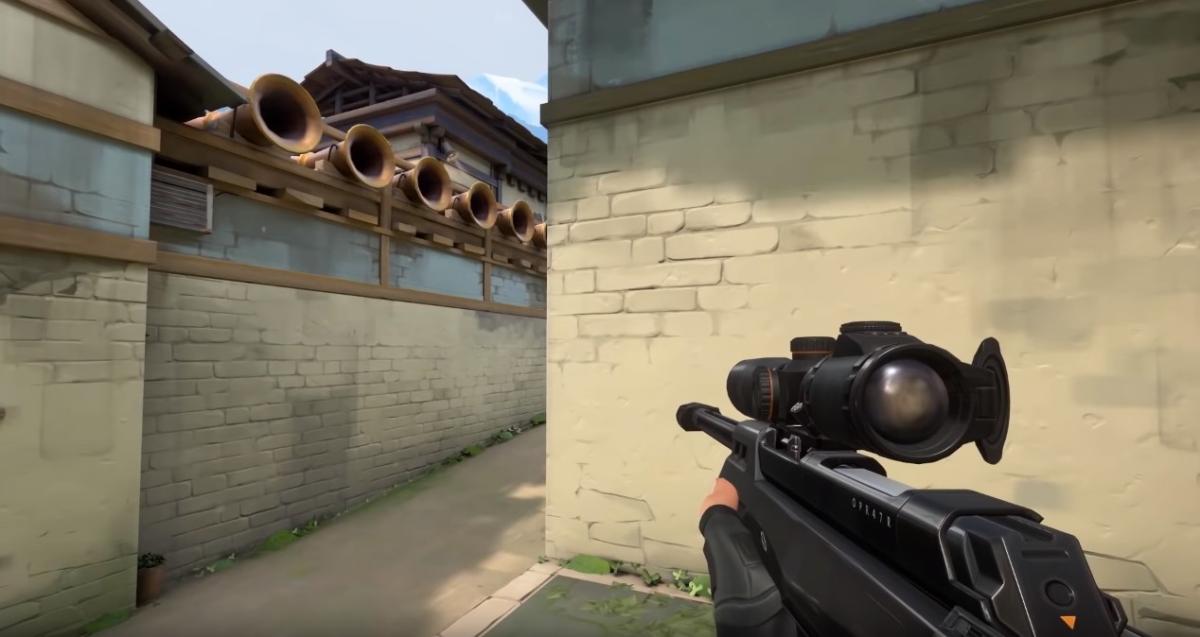
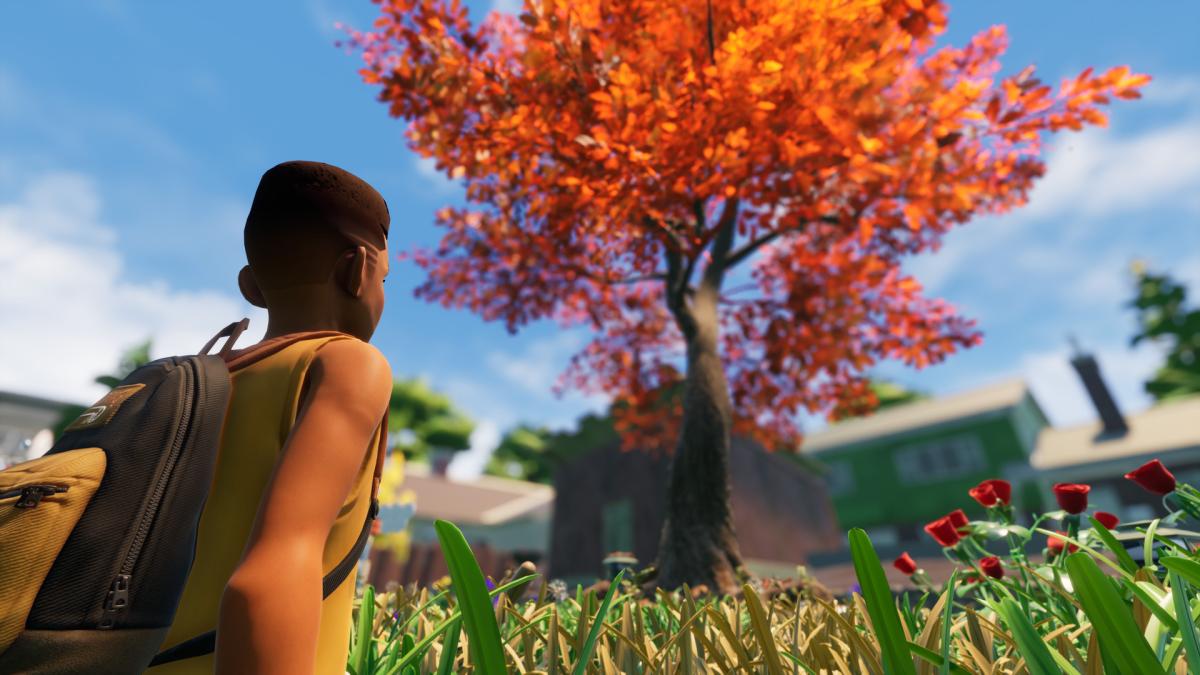
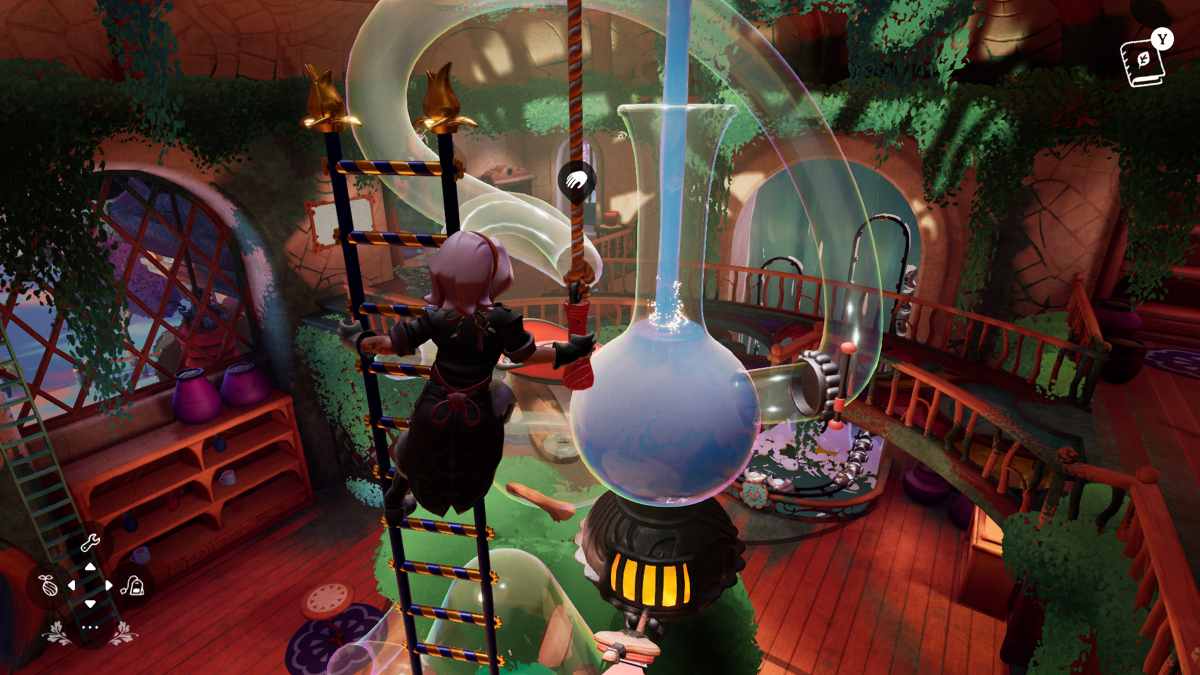
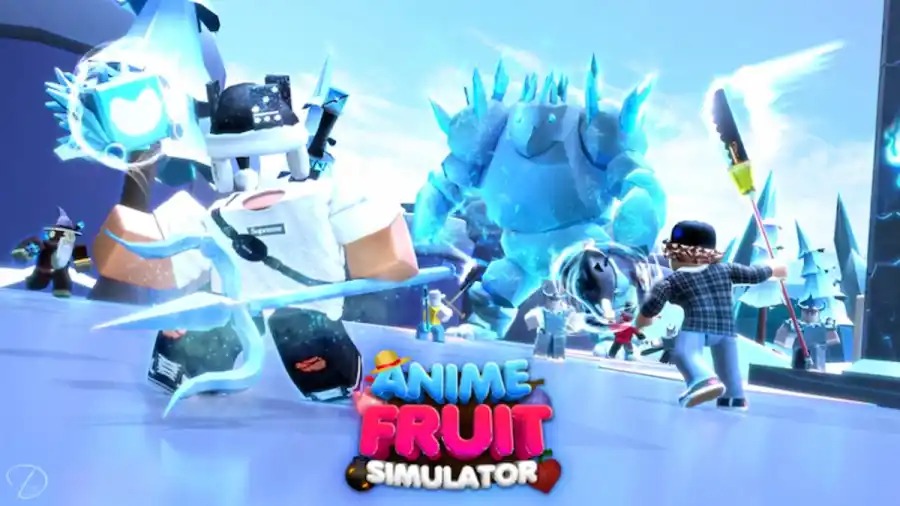
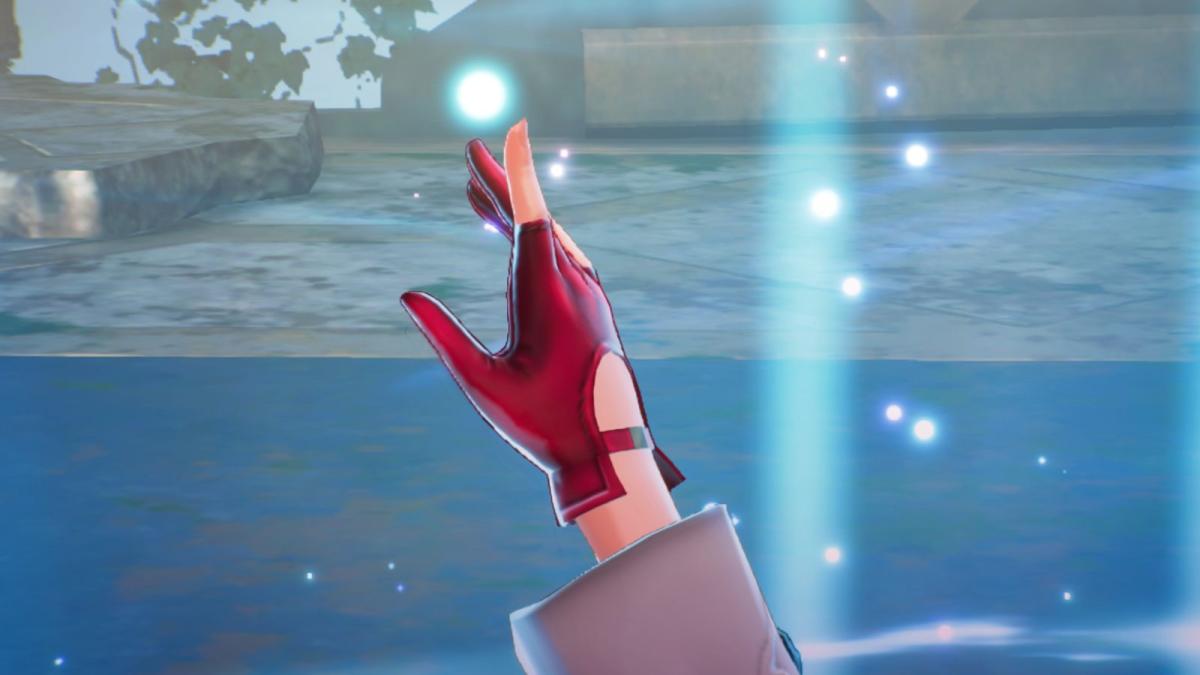



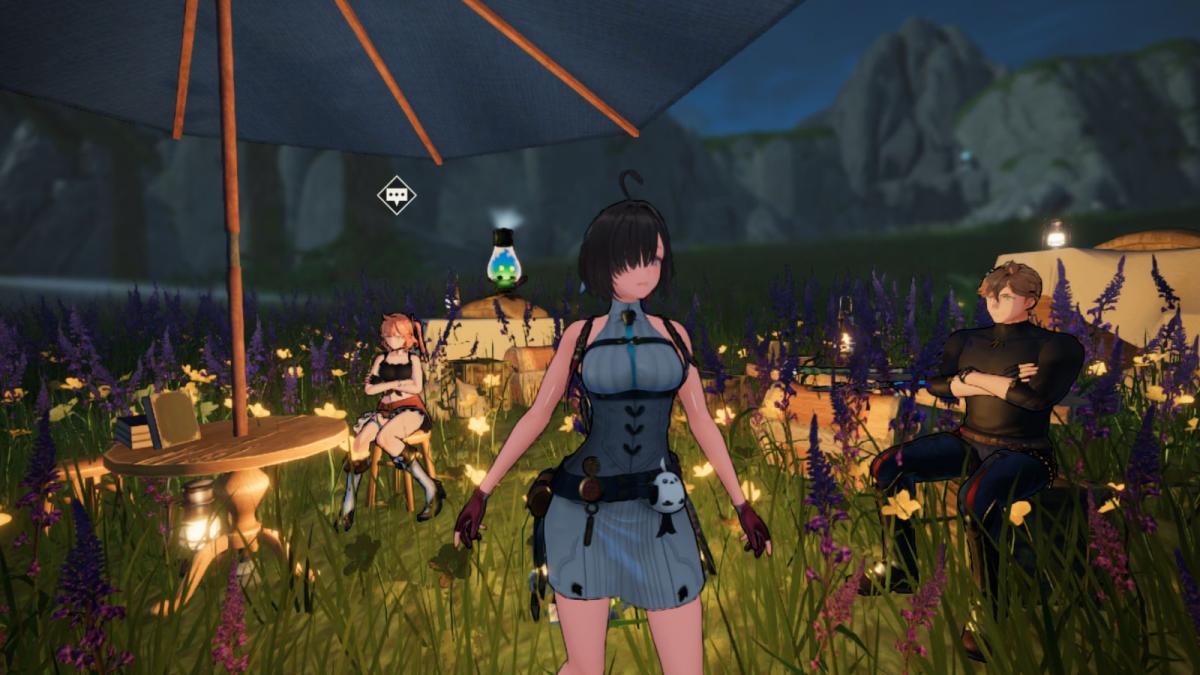

Published: Jan 31, 2021 01:53 pm